
The Previous Parts of this series can be accessed here. Part 1, Part 2, Part 3, Part 4, Part 5, Part 6, Part 7, Part 8A, Part 8B, and Part 9. This is part 10.
THE MARATHA EMPIRE
With the Mughal Empire declining rapidly after the death of Aurangzeb, the Marathas decided to fulfill Shivaji’s dream of liberating India from Islamic rule. The Peshwas had become the virtual rulers of the Maratha Empire after the accession of Shahu, the grandson of Shivaji. Shahu was reduced to a mere figurehead. The Mughal Empire had already been weakened although it still latched on to several of its territories. Meanwhile, the Afghan invasion of India was imminent. Let us now see how the latter Marathas (Peshwas, Scindias, Holkars) and the Sikhs (under Ranjit Singh) freed India from the Mughals and the Afghans.
Peshwa Balaji Vishwanath contributed to Maratha power and consolidation over its territories. He even sent a large army to depose the Mughal emperor Farrukhsiyar.
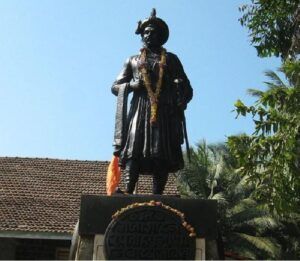
Under the great Bajirao I, the Marathas became the dominant power in India. Bajirao I is often regarded as the greatest cavalry general in Indian history. He is also regarded as one of the greatest generals in Indian history altogether. Bajirao won forty one battles and never lost a battle in his life. Bajirao led campaigns against the Nizam of Hyderabad and defeated his army at Palkhed.
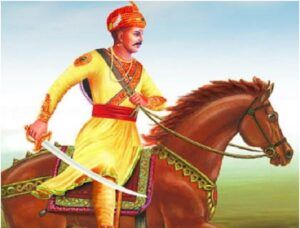
Bajirao also led campaigns against the Mughals in Malwa, Bundelkhand, Gujarat and sacked the Mughal capital Delhi itself. Bajirao led the Marathas to a victory over the Mughals at Bhopal. Mughal power was virtually wiped out after this battle and they were reduced to ruling Delhi and it’s surrounding areas after this battle.
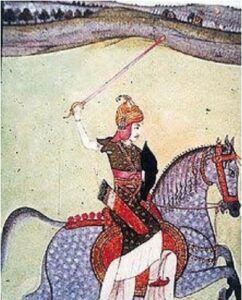
Chimaji Appa, the brother of Bajirao I liberated the western coast of India from Portuguese rule. He achieved a spectacular victory over the Portuguese at Vasai and freed the Hindus of the conquered areas from Portuguese oppression.
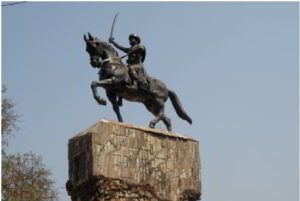
Peshwa Balaji Bajirao is primarily remembered as the Peshwa under whom the Panipat debacle took place. However under Peshwa Balaji Bajirao, the Maratha Empire also reached it’s zenith, conquering the Rajputana, Odisha, Bengal. Under Balaji Bajirao, the Marathas became the masters of Delhi itself and captured even north-western cities of India such as Lahore and Peshawar. Had the Marathas triumphed at Panipat, Balaji Bajirao may very well have been regarded as the greatest Peshwa of the Maratha Empire.
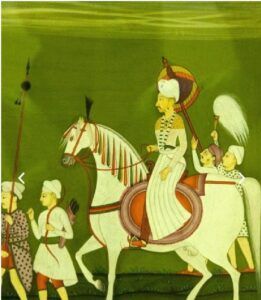
Maratha expansionism came to a halt due to a defeat at Panipat at the hands of the Durranis. The Durranis allied with the Awadh kingdom and the Mughals but the Marathas could not tie up an alliance with the Rajputs, Sikhs, and the Jats and were left to fight alone.
Sadashivrao Bhau and several other Marathas (Vishwasrao, Scindias etc) died fighting bravely for the Marathas in the third battle of Panipat.
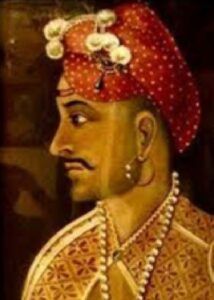
While the Panipat debacle is often talked about by our left liberals, they conveniently forget to mention that Panipat was only a pyrrhic victory for the Durranis who themselves had lost a major portion of their army and had to go back to Afghanistan. Even Ahmad Shah Abdali praised the valour of the Marathas and made a treaty with them soon after the battle. The Marathas recovered all their lost territories in the North within a decade of Panipat and restablished themselves as the primary power in India.
Madhavrao I led the Maratha Resurrection after the terrible defeat at Panipat. He completely revived Maratha fortunes and established Maratha supremacy in India again. He himself went to the Deccan and defeated Tipu Sultan and Hyder Ali. He also sent generals like Scindia and Holkar to the North to re-establish Maratha power there. According to the historian James Grant Duff, “the plains of Panipat were not more fatal to the Maratha Empire than the early end of this excellent prince.”

After the death of Madhavrao I, the position of the Peshwa became less powerful and the Holkar and the Scindia dynasties became the de-facto rulers of the Maratha Empire. The Maratha Empire more or less became a confederacy. The Marathas held on to most of India until the British defeated them in the second and the third Anglo-Maratha wars.
Mahadji Scindia restored the Mughal ruler Shah Alam II to the throne of Delhi as his puppet.
Ahilyabai Holkar, the queen of Maheshwar rebuilt hundreds of temples that were destroyed or had been degraded under Islamic rule on the ancient sites that they belonged to. She was the daughter in law of Malhar Rao Holkar, an accomplished general of the Marathas, who helped expand the empire. Some of the most prominent temples built by her include Kashi Vishwanath at Varanasi, Vishnupad Mandir at Gaya and Mallikarjuna at Srisailam. Although she was not interested in military affairs, her contribution to Dharma was phenomenal.
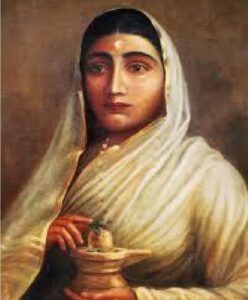
Mahadji Scindia re-established Maratha power in the North. He annihilated the Afghan Rohillas who had sided with the Durranis during their invasion of India, completely ending Afghan power in the North. He restored the Mughal ruler Shah Alam II to the throne of Delhi as his puppet. Mahadji Scindia became the de-facto ruler of Delhi. The saffron flag that flew over the Red Fort before the defeat at Panipat was hoisted again and flew over it till the Marathas lost the city of Delhi to the British after the second Anglo-Maratha war. The British writer Kini described Scindia as the most powerful man in the Indian subcontinent at that time.
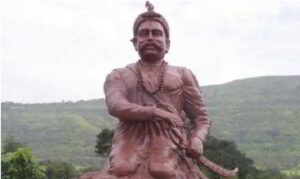
. . . to be continued
- Real Indian History – Part 14 - February 19, 2018
- Real Indian History – Part 13 - February 15, 2018
- Real Indian History – Part 12 - February 12, 2018

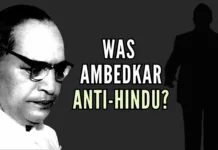









[…] Real Indian History – Part 10 […]